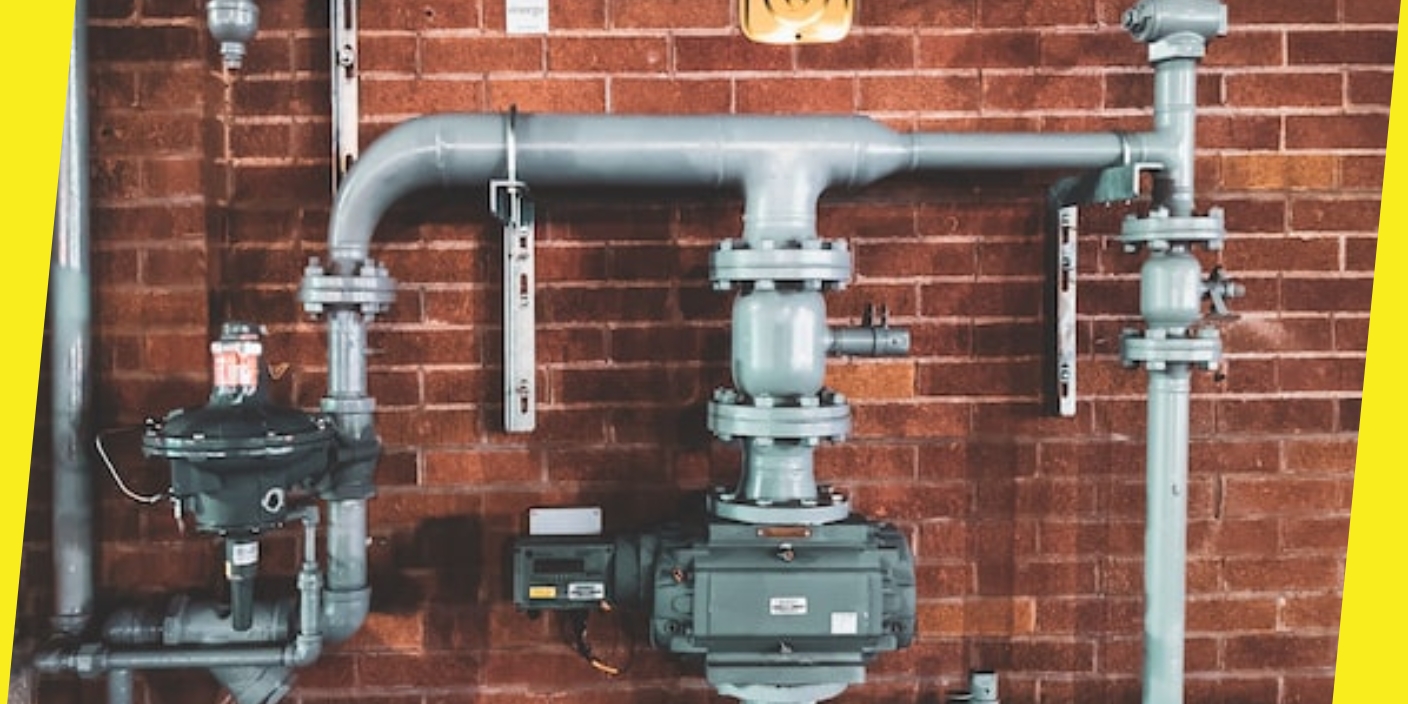Common Issues with Tankless Water Heaters
This post was last updated on April 8th, 2024
Tankless water heaters are becoming increasingly popular among homeowners and businesses alike, as they offer an energy-efficient and cost-effective alternative to traditional tank-type water heaters. Tankless units heat water on demand, providing hot water only when you need it, while traditional tank-type units must continuously maintain the temperature of a large tank of water, leading to higher energy costs. Nonetheless, problems with tankless water heaters can arise. Keep reading to find out what they are.
Contents
ToggleOverheating

Overheating is a common issue with tankless water heaters, and it can have serious consequences if it is not addressed quickly.
Tankless water heaters are designed to provide an endless supply of hot water, but when they overheat, they can cause damage to the unit, your plumbing, and even your home. Overheating is caused by a number of different factors, including a damaged heating element, a clogged air filter, or a malfunctioning thermostat. If your tankless water heater is overheating, the first step is to identify the cause so that you can begin to resolve the issue. The most common cause of overheating is a damaged heating element. If the heating element is damaged, it can cause the water to become too hot, which can cause serious damage to the unit and your home. If you suspect that your heating element is damaged, you should call a professional plumber to inspect and replace the element.
Fluctuating Water Temperatures
Fluctuating water temperatures are a common issue with tankless water heaters, and it can be a source of frustration for homeowners. Tankless water heaters are designed to provide an endless supply of hot water on demand, but if the temperature is not consistent, it can be difficult to use the hot water for certain tasks. The main reason for fluctuating water temperatures is that the tankless water heater isn’t able to adjust to the flow rate of the incoming cold water. As the flow rate increases, the tankless water heater has to work harder to heat the water, resulting in lower temperatures. This can be especially problematic when using multiple outlets, such as showers and faucets, at the same time, as the tankless water heater may struggle to provide enough hot water to all of them.
Mineral Buildup

Mineral buildup due to hard water is a top issue with tankless water heaters, and it can cause a variety of problems, including decreased efficiency and even complete failure. Minerals in water, such as calcium and magnesium, can build up inside the unit, leading to decreased performance and eventual failure. When this happens, the water heater must be serviced or replaced. The most common symptom of mineral buildup in a tankless water heater is a decrease in hot water output. As the minerals accumulate, they can clog the heating elements and reduce the water heater’s ability to heat the water. In addition, the tankless water heater can become less efficient as the minerals reduce the heat transfer from the heating element to the water. The best way to prevent mineral buildup in a tankless water heater is to install a water softener or other appropriate filtration system. A water softener works by removing the minerals from the water before it enters the tankless water heater. This will prevent the minerals from accumulating inside the unit and causing problems.
Overall, the above article covering issues with tankless water heaters is an essential guide for maintaining a safe and efficient system, as well as for avoiding costly repairs. Being aware of common issues and having the right tools and supplies on hand can help troubleshoot quickly and efficiently. By using these tips, homeowners can save money, time, and energy.
Recommended For You
Top 5 Tips to Maintain Your Mattress
Most Inside
Most Inside offers high-quality recommendations and valuable updates to enhance all aspects of your life, providing premium guidance and enriching experiences.




